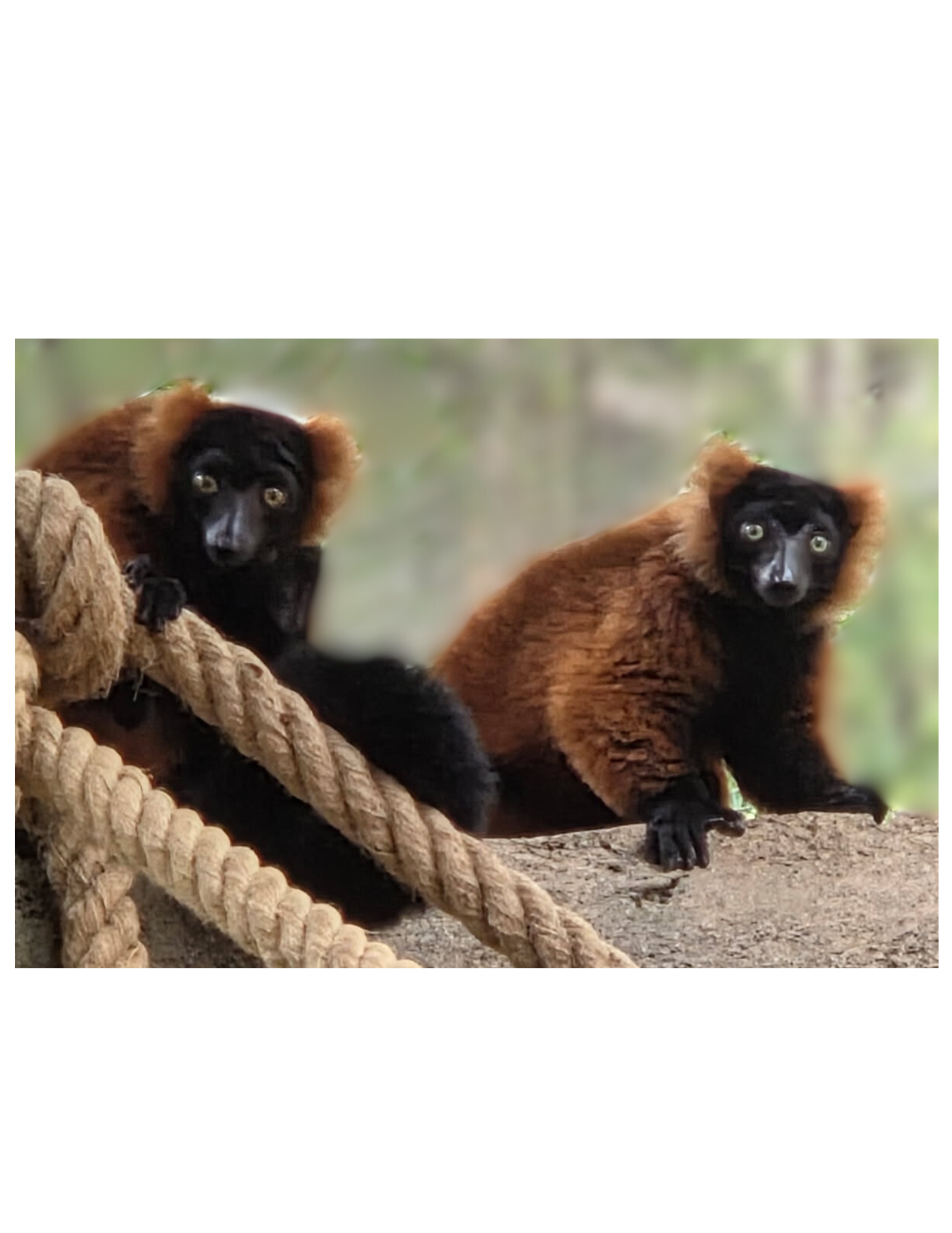
North American Porcupine


Eats
North American porcupines are herbivores, meaning they eat mostly plants. In the winter, they mostly eat tree bark and conifer needles. In warm months, they eat leaves, fruits, flowers, berries, and nuts.
Lives
North American porcupines live in many parts of Canada, the United States, and Northern Mexico. They mainly live in temperate forests, where they spend most of their time in the trees, but can also be found in a wide variety of biomes including grasslands, scrub, and tundra.
Behavior
North American porcupines are usually nocturnal, meaning they are most active at night. They spend most of their time alone but can live in pairs or groups in the winter. To communicate with each other, they make many sounds, including grunts, whines, chatters, and huffs. When threatened, they first raise their quills as a warning and chatter their teeth. If a predator gets too close, the porcupine may release a foul smell and back into the predator, allowing the sharp quills to stick to the attacker.
Description
North American porcupines are the second largest rodent in North America, only beaten by the beaver. Like all rodents, they have teeth that grow throughout their lifetime, meaning they must chew on hard objects such as wood to wear them down. The fur of the North American porcupine is black or dark brown with white highlights. Between its fur, North American porcupines also have around 30,000 quills that are 2–3 inches long. Despite popular belief, they do not "shoot" their quills out of their body; they can instead become loose when threatened and are covered in barbs which allow the quills to stick into a predator's skin.
Did you Know?
The word porcupine comes from the Latin porcus (pig) and spina (thorn or spine). The literal translation for porcupine is thorn pig/spine hog.
How can I Help?
North American porcupines are rated by the IUCN as Least Concern due to their stable population and wide range. However, they are often hunted or trapped because they chew on manmade objects and damage trees and crops. They are also occasionally hunted for food. The best way to protect porcupines is to preserve large areas of forest for them to live and to stop trapping and poisoning individuals that become pests.







_inPixio.png)
















.jpg)





.png)






